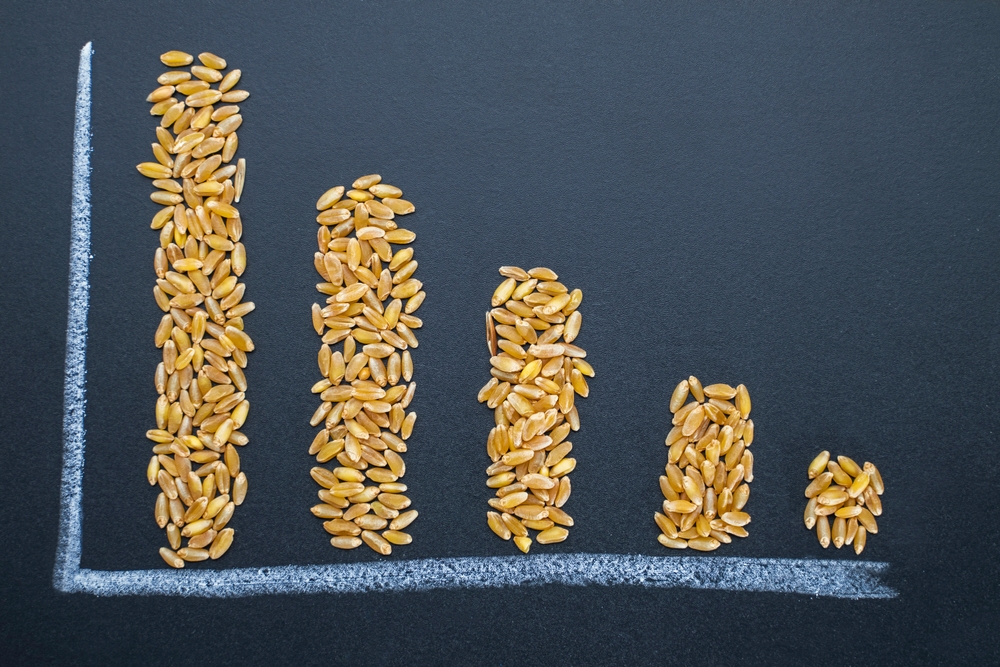The World Food Programme (WFP) estimates that 349 million people in 79 countries are facing “acute food insecurity,” an increase of 200 million people from before the pandemic. This sudden surge has caused the organization and others like it to warn that the world is hungrier than ever.
There are several reasons for the dangerous food shortage, and world leaders caution that the lack of needed nutrition will lead to death and massive social upheaval.
Gauging the Global Food Crisis
Public health experts determine whether an area is experiencing famine based on the daily death rate and the percentage of undernourished children. The WFP estimates that 49 million people in 49 countries are on the verge of famine. This figure includes almost 900,000 people already experiencing famine or near-famine conditions in countries like Afghanistan, Ethiopia, Somalia, South Sudan and Yemen.
Famine is the most extreme level of a food shortage. Public health officials also monitor acute food insecurity, which is the life-threatening inability to consume adequate nutrition. Some consider it a slow-burning famine, and 349 million people are currently coping with food insecurity.
Read More: 5 Ancient Societies that Collapsed When the Water Ran Dry
Another level of scarcity — undernourished — is used to describe people unable to achieve their daily calorie intake consistently. Currently, the United Nations estimates almost 900 million people are undernourished.
The undernourished population reached 800 million during the global recession in the early 2000s. The situation improved by about 200 million in the early 2010s but began soaring during the pandemic. There are several reasons why hunger is increasing, which means a quick fix isn’t an option.
Scarce Food Supplies
The Russian invasion of Ukraine in early 2022 is one reason for the surge in food shortages and high prices. Russia is both a top wheat and fertilizer supplier, and the war has interrupted inventory and caused prices to soar.
Twenty percent of the world’s calorie intake comes from wheat. The U.S. is also considered a top wheat exporter but only produces about 6 or 7 percent of the world’s supply. Although the U.S. can produce its own wheat or import from Canada, dozens of countries around the globe have been cut off from the imports they need.
In response to the short supply, some countries have banned the export of crops, fertilizer and other supplies to preserve their own stores. But for some vulnerable countries, these preserves do not exist, and their people have fallen into states of famine, acute food insecurity or undernourishment.
Crisis and Conflict from Food Shortages
Countries enduring food scarcity tend to share some factors in common. The WFP cites conflict as a top reason why populations suffer from starvation. Sixty percent of the world’s hungry live in conflict zones. Haiti, for example, has experienced political upheaval, particularly after the assassination of its president. Similarly, Afghanistan has suffered a breakdown of political infrastructure under Taliban rule.
In addition to conflict, climate change contributes to the global food shortage by stressing and stunting crops. A 2022 study from Scientific Reports found that for every 1 degree Celsius anomaly in temperature, there was a 1.64 percent increase in severe global food insecurity.
As a result of the food shortage, public health officials warn the world is on the brink of a massive humanitarian crisis. The crisis will not be isolated, and food insecurity is associated with social unrest, conflict and large-scale migration.
Immediate intervention is needed to supply starving and vulnerable people with proper nutrition. Beyond that, organizations like the International Monetary Fund are calling for long-term solutions. Opening trade channels, protecting shipments during transport from interference and being mindful of fair distribution can increase crop and fertilizer supplies.
Investing research into climate-resistance crops can also help farmers raise plants that survive heat waves and droughts one day. And building a world grain supply can keep nutrients in storage so they can be delivered to vulnerable populations before a crisis begins.
Until these ideas can be implemented, advocates call for international aid to relieve what is now considered the worst food emergency in modern history.














